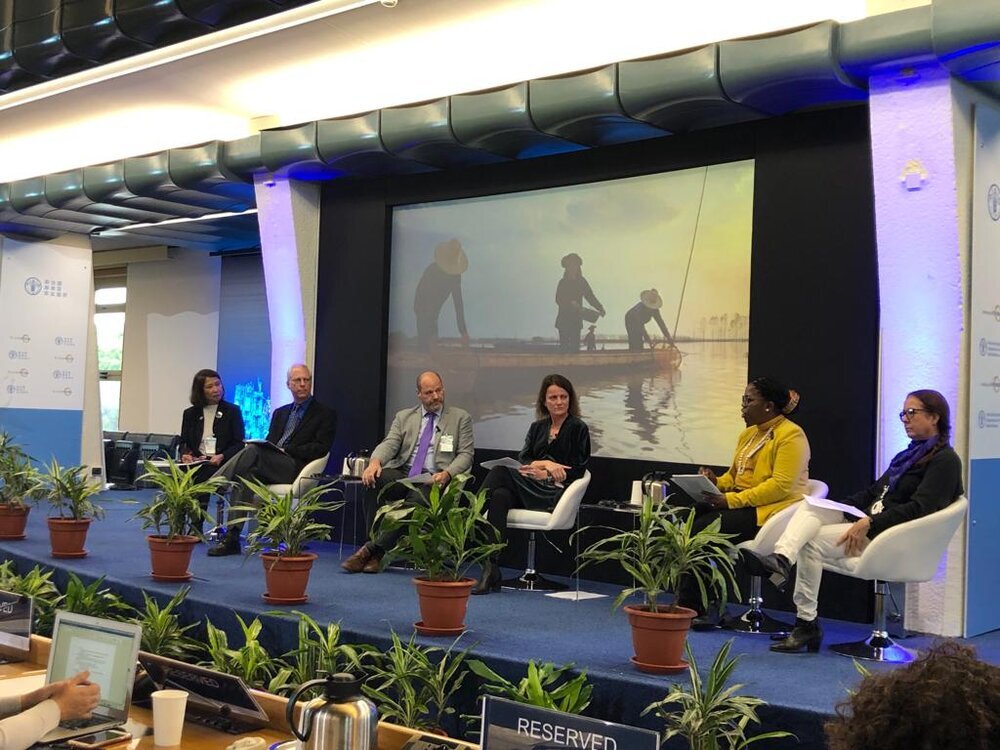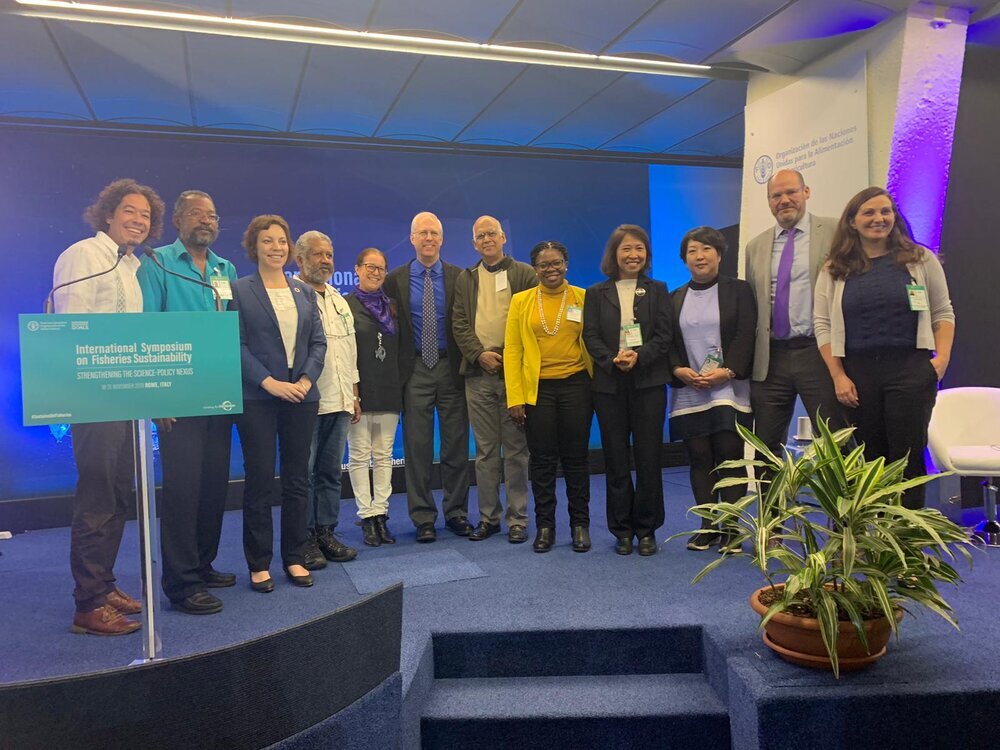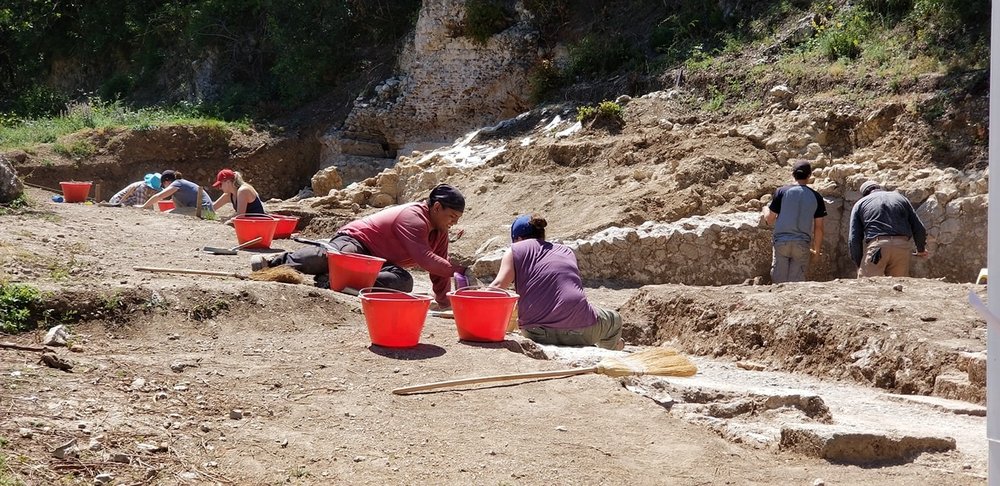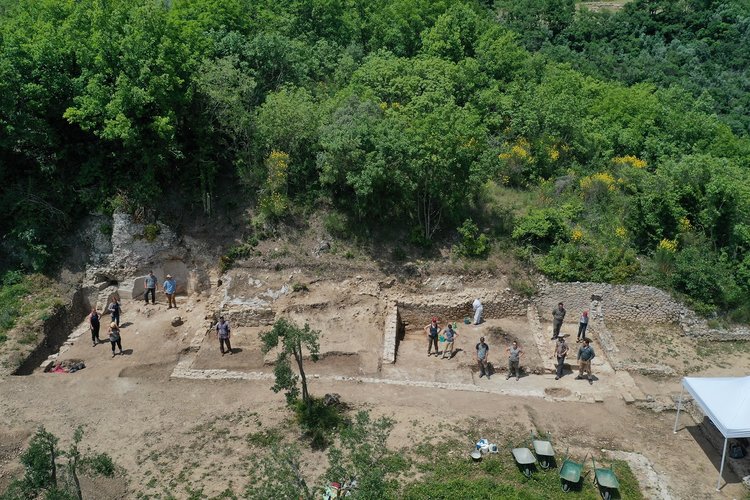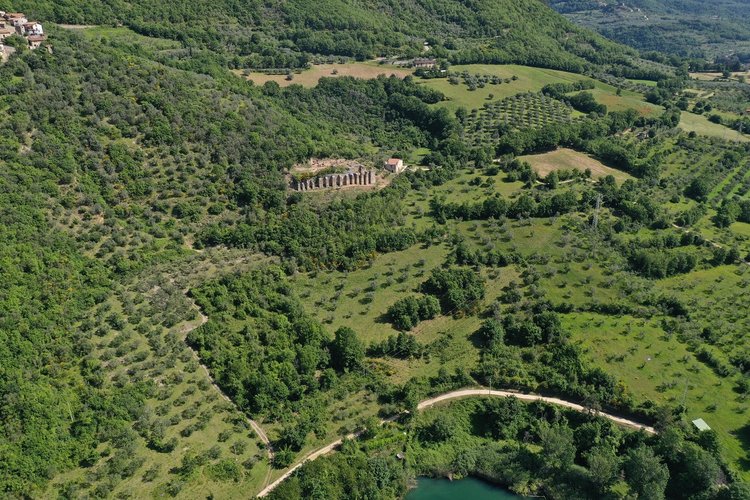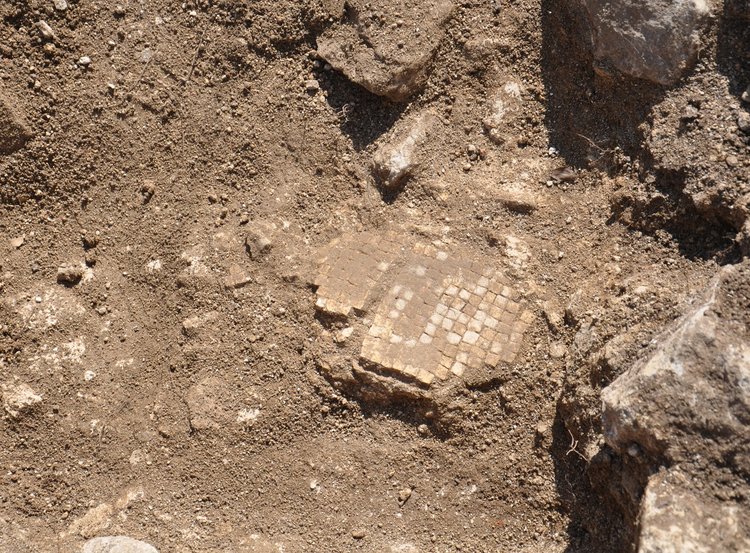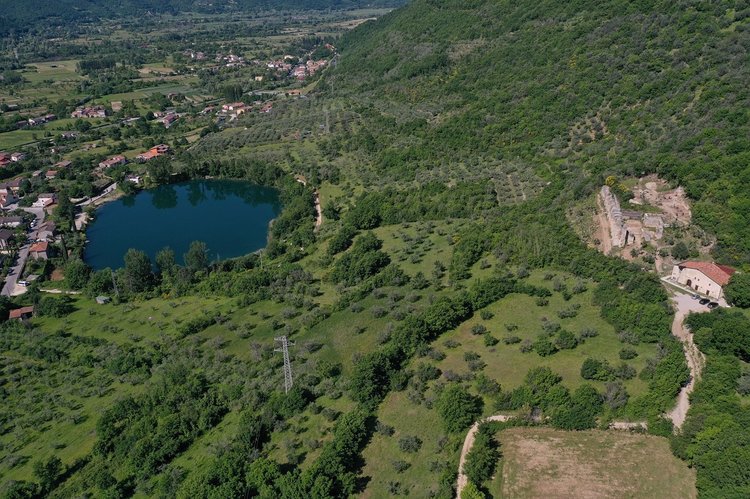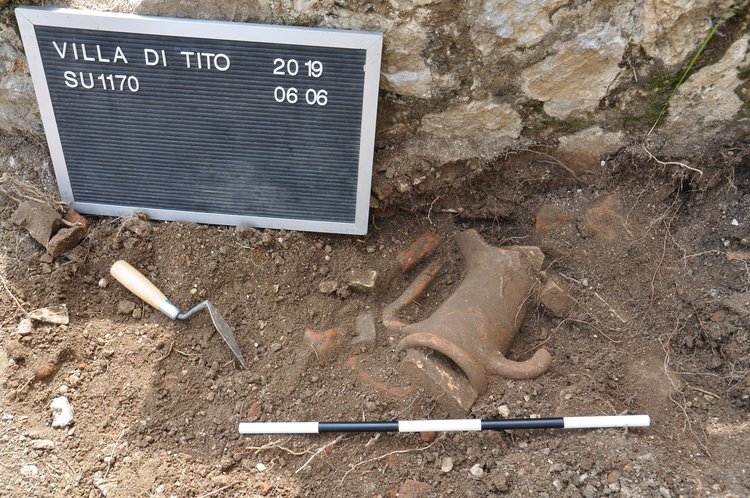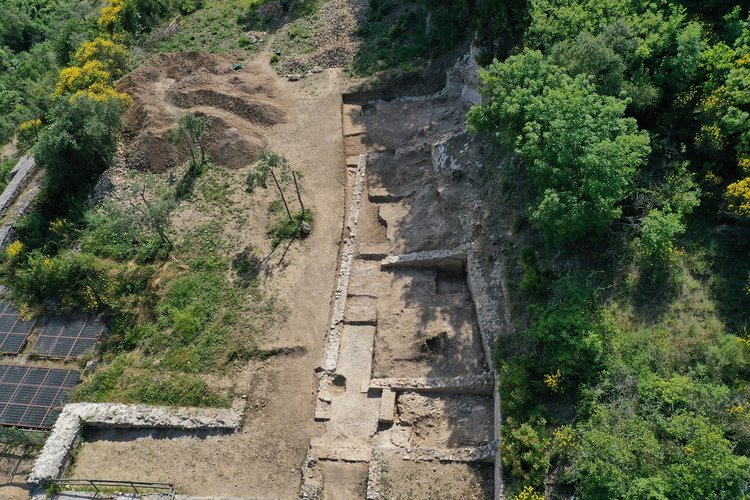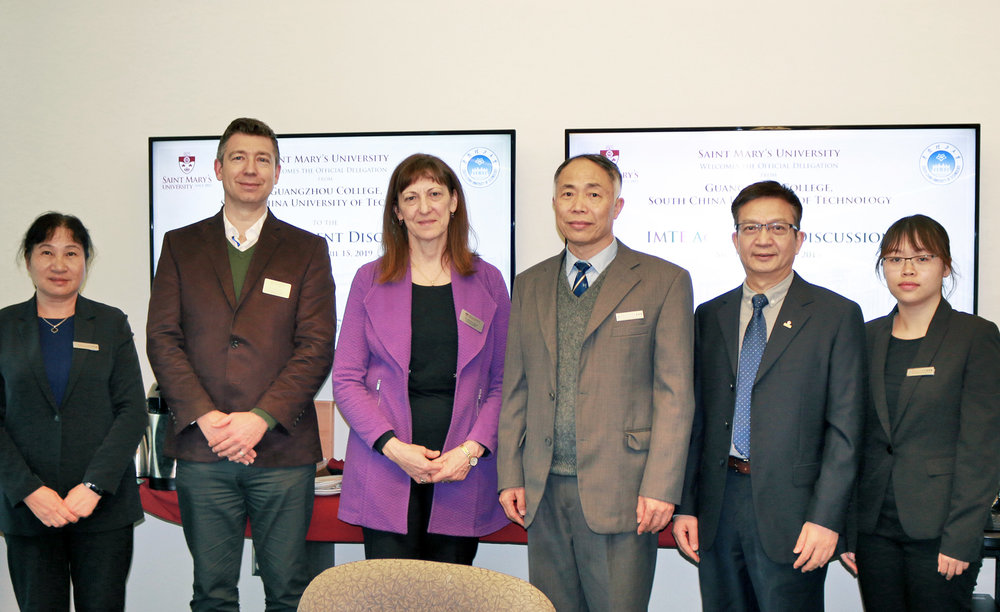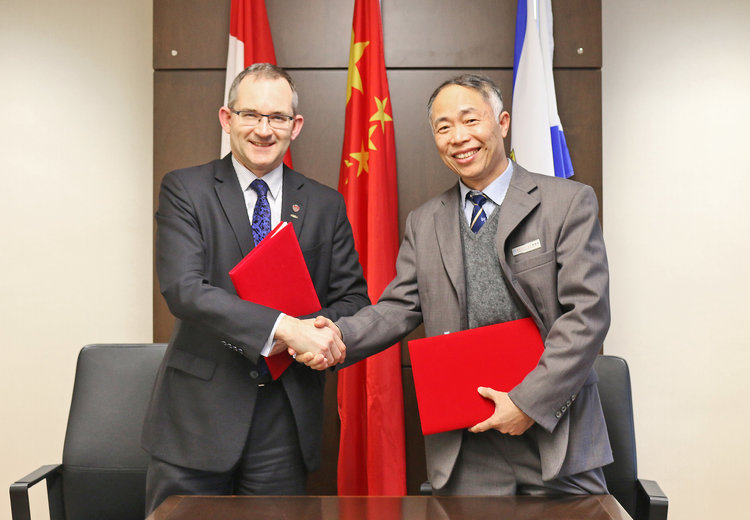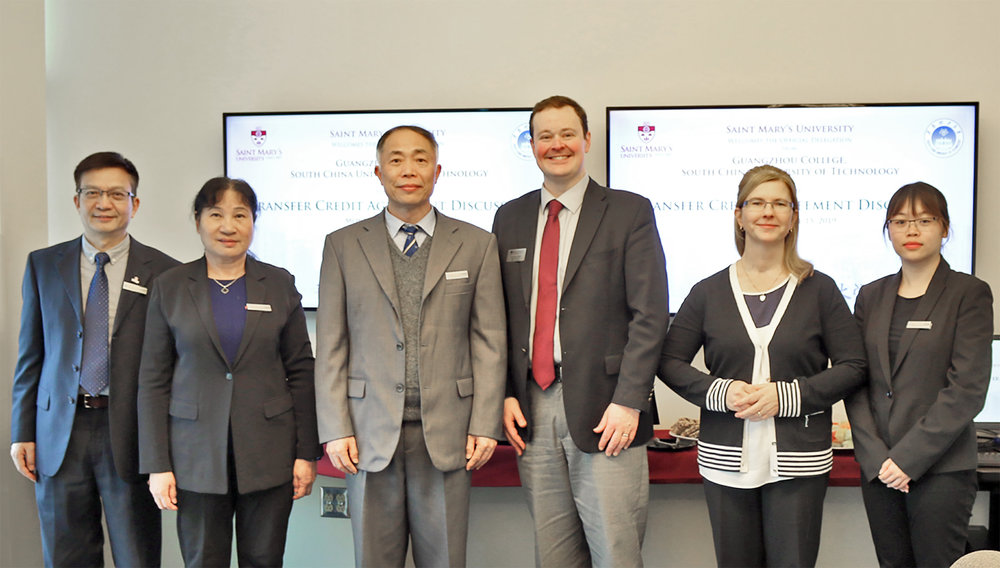Bill Bu MEd’94, Senior Advisor to China, Saint Mary’s University
What goes around, comes around, is a saying that many of us have heard throughout the years. In the case of Saint Mary’s University’s Senior Advisor to China, Bill Bu MEd’94, it’s brought a pleasant surprise to Nova Scotia in uncertain times.
In early February, Bu was a vital part of the efforts to connect hospitals and medical staff in Wuhan, China, with the medical supplies that were sorely needed. Now that COVID-19 has come to Canada, the experience and connections he gained working to help those in Wuhan, is being used to support the QEII hospital in Halifax.
For Bu, COVID-19 has been something he has followed closely after it came to the region he used to call home.
“The outbreak of COVID-19 in Wuhan greatly impacted my family,” says Bu. “My wife’s parents live there, and I have many connections there from my time studying and teaching at Wuhan University. When I heard about the outbreak, I knew that I couldn’t sit idly by while my family and friends were suffering.”
Bu’s close connection to the situation in Wuhan drove him forward. He began thinking of ways he could help and the number one need that he kept hearing was a call for more medical supplies.
“I decided to reach out to the Halifax community to see if other people felt the same, and I was shocked by their generosity,” says Bu. “We raised thousands of dollars for medical supplies, and we were able to help provide them to those who needed them in China.”
Now those skills developed only months ago are being used to help closer to home. Bu, who is also the President of the Atlantic section of the Hong Kong Canada Business, is working with a variety of leaders in Nova Scotia’s Chinese community to fundraise for the QEII Foundation and the medical equipment they need during this pandemic.
In only three days, the campaign to raise money for the QEII launched and received over $15,000 in donations. Now the funds raised has surpassed $60,000. Bu says that at least half the donations come from Chinese Canadians and from people in China, who previously lived in Nova Scotia. Donations have even been received from people in Wuhan, paying forward the work of Bu and many others to support those in one of the areas hardest hit by the early stages of the pandemic.
The funds raised for the QEII Foundation will purchase items like electronic stethoscopes, Bluetooth O2 probes, ultrasounds and bedside diagnostics. The funds will also support home self-care and recovery, in addition to virtual care solutions.
While the generosity of the donations may come as a surprise, Bu isn’t shocked by the support.
“We live in a global community,” adds Bu. “When one member of our community is in trouble, the rest of us work together to support them.”



